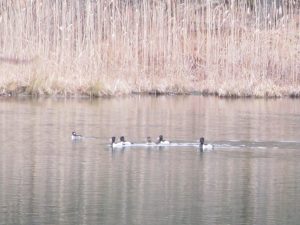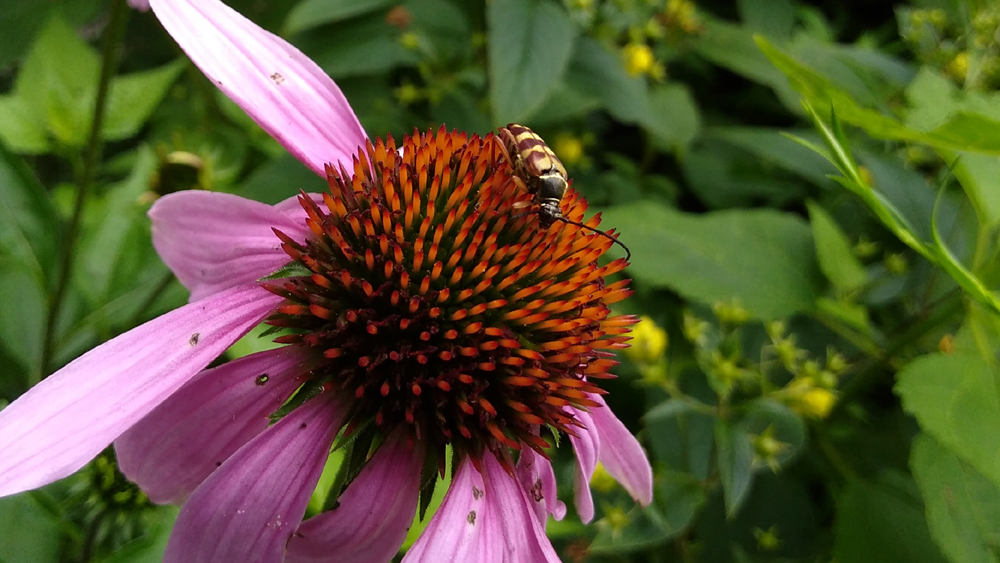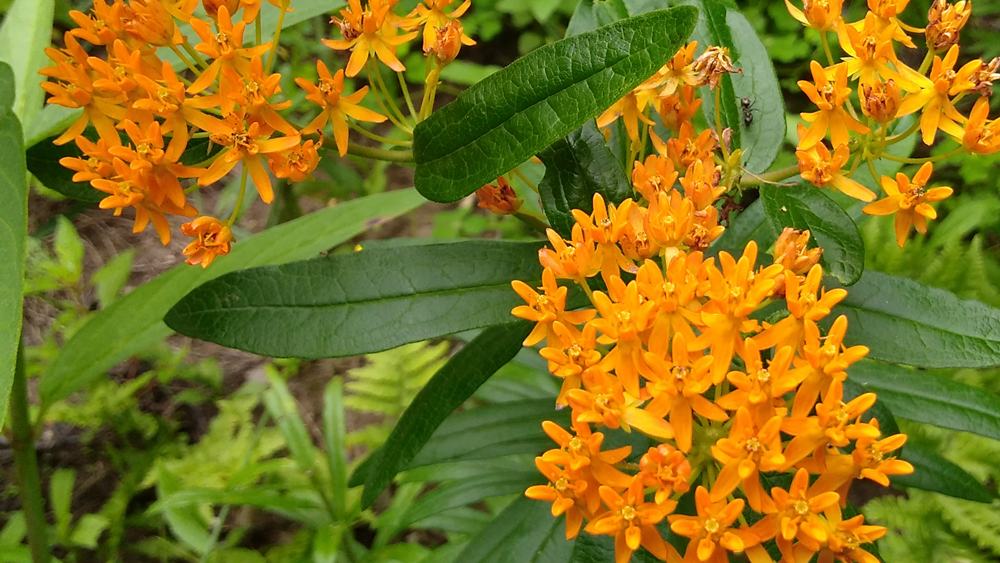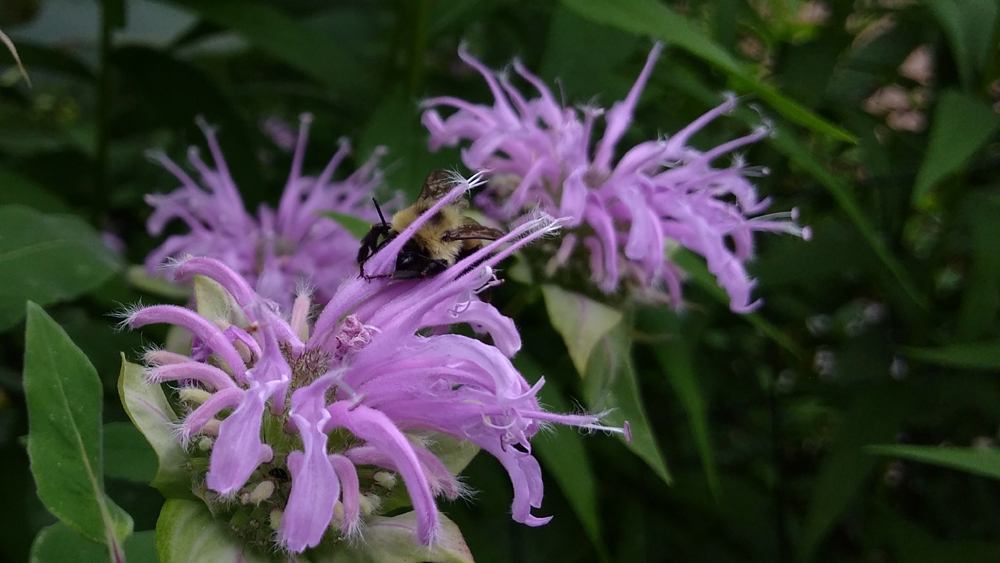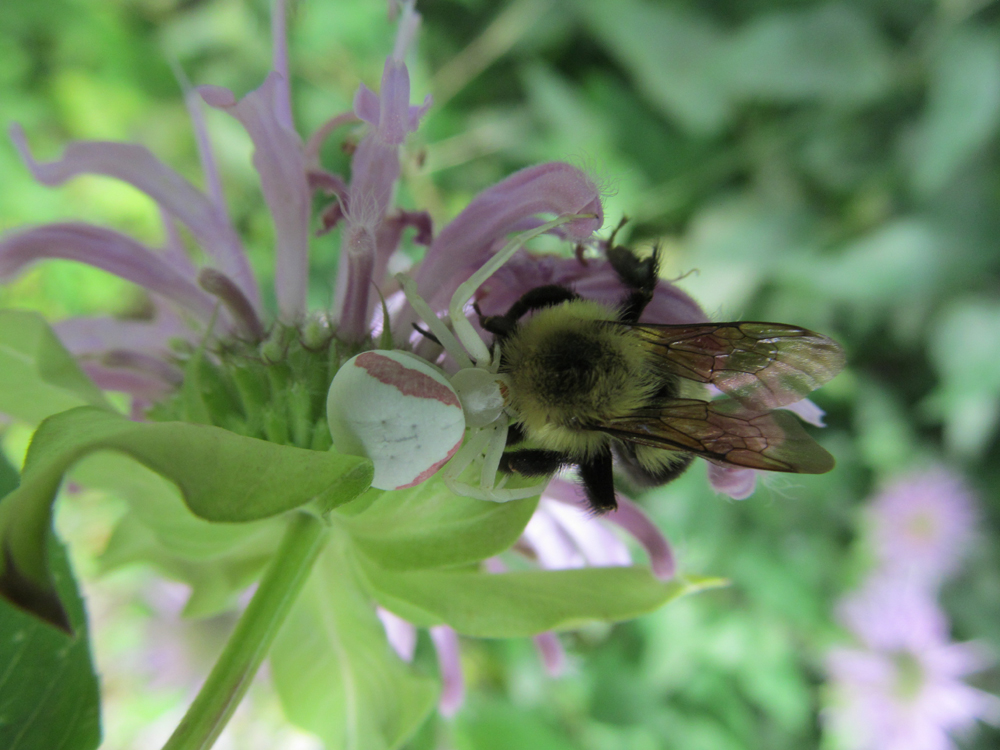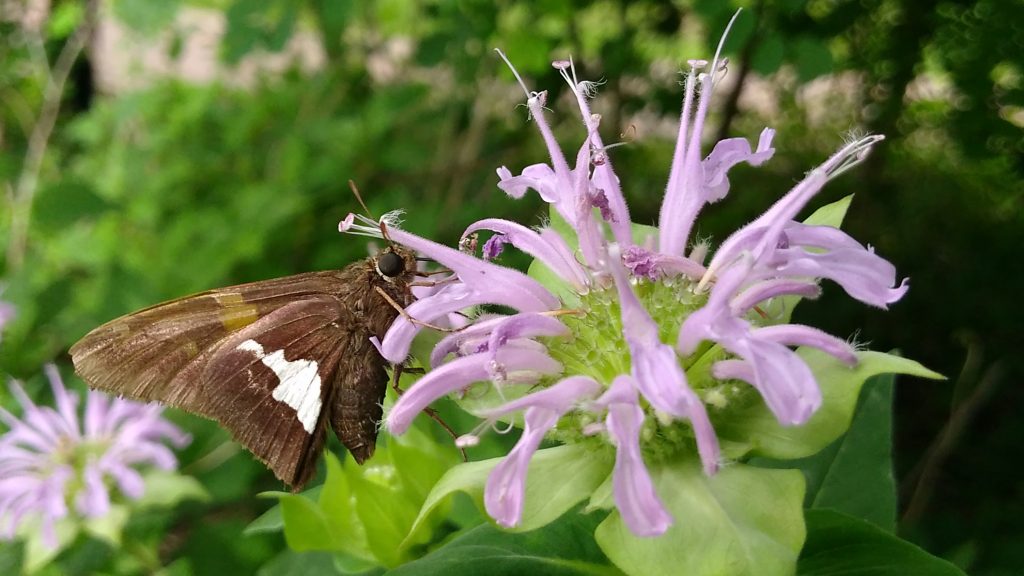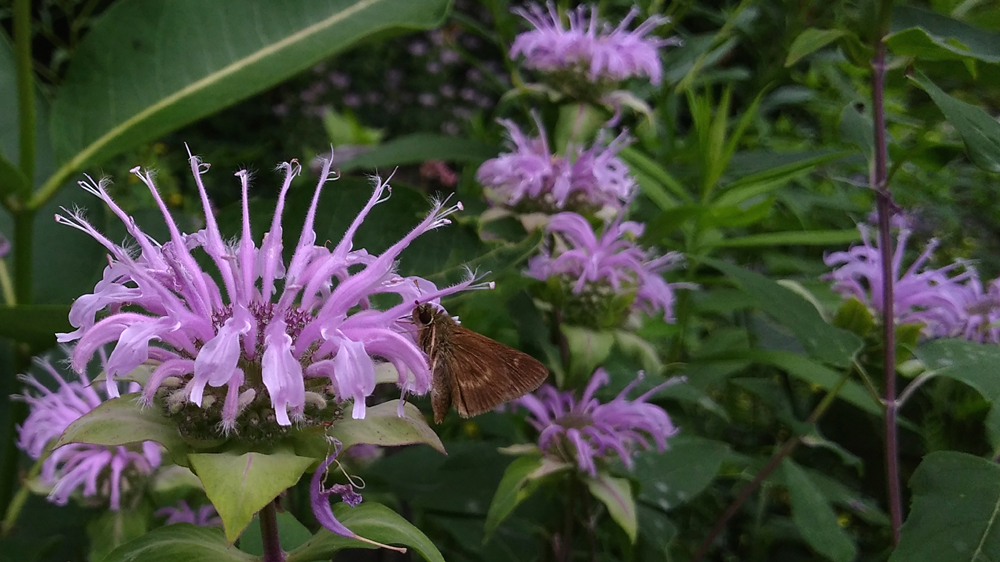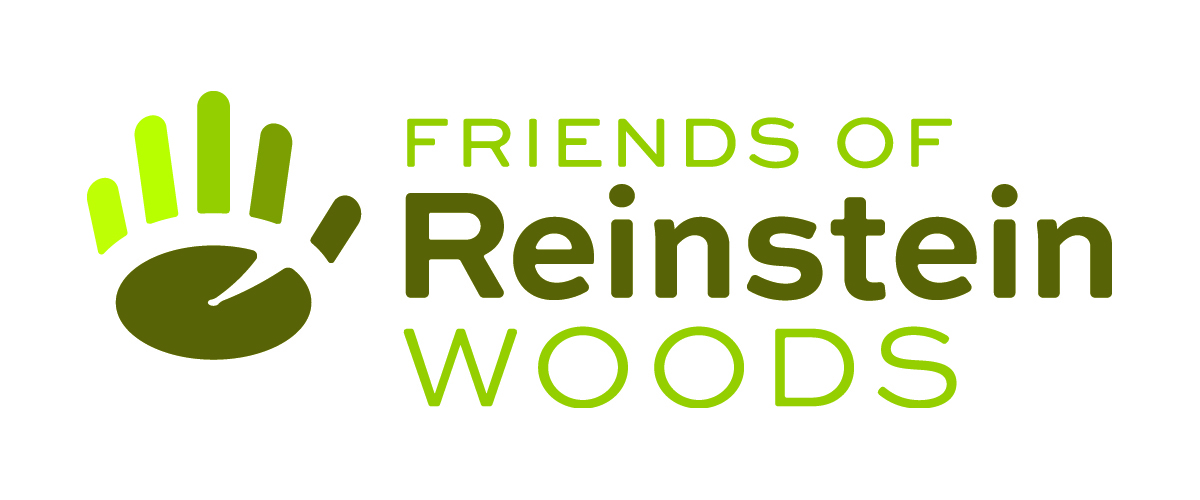Tag Archives: wild bergamot
Nature Sightings
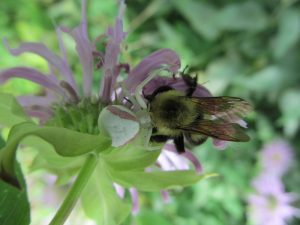
The extreme rain we received last week has led to an explosion of mushrooms and Wildflowers around Reinstein Woods. Wild bergamot, purple coneflower, butterfly weed, and swamp milkweed are in full bloom. Wild bergamot has attracted pollinators such as bumble bees, silver-spotted skippers, and other skipper butterflies. Banded longhorn beetles, yellow-collared scape moths and other butterflies can be seen on purple coneflowers. Look for monarch caterpillars on the leaves of swamp milkweed and common milkweed along the sunny trails. Staff witnessed a goldenrod crab spider capture and kill a bumble bee that was visiting a wild bergamot flower! Goldenrod crab spiders are able to change color from white to yellow to pale green depending on the color flower they hide in to ambush prey. American goldfinch can be seen collecting seeds from Canada thistle. Newly emerged leopard frogs, American toads and spring peepers are common along the ponds. A doe with fawn twins and a turkey hen with baby poults have also been encountered on the trails. Soon we will hear the night sounds of crickets and katydids.
Nature Sightings
It’s that time of year when Reinstein Woods comes alive with spring migrants, sprouting 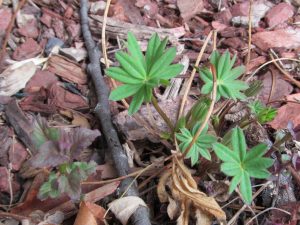 flowers and the chorus of Frogs. Every day on the trail will bring a new adventure. The marshy ponds have erupted into a full chorus of spring peepers over the past week. Birds are becoming much more vocal, adding
flowers and the chorus of Frogs. Every day on the trail will bring a new adventure. The marshy ponds have erupted into a full chorus of spring peepers over the past week. Birds are becoming much more vocal, adding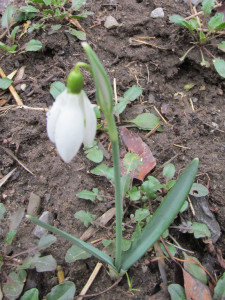 seasonal songs to their repertoire. Male spotted salamanders have been seen locally and are likely at their breeding pools awaiting females. Vernal ponds will soon ripple with their courtship water dances. Look for turkey vultures circling updrafts on warm sunny days. Hooded mergansers and ring-necked ducks have also stopped in for a rest during their migration. Warblers returning from the south will add a splash of color to the forest. Wild blue lupine, wild bergamot, snowdrops and lemon balm are just beginning to sprout in front of the education center. Very shortly the trill of American toads will resonate from small ponds and maybe even the snores of leopard frogs. The honks and quacks of ducks and geese will soon fall silent as they hide away resting on their nests.
seasonal songs to their repertoire. Male spotted salamanders have been seen locally and are likely at their breeding pools awaiting females. Vernal ponds will soon ripple with their courtship water dances. Look for turkey vultures circling updrafts on warm sunny days. Hooded mergansers and ring-necked ducks have also stopped in for a rest during their migration. Warblers returning from the south will add a splash of color to the forest. Wild blue lupine, wild bergamot, snowdrops and lemon balm are just beginning to sprout in front of the education center. Very shortly the trill of American toads will resonate from small ponds and maybe even the snores of leopard frogs. The honks and quacks of ducks and geese will soon fall silent as they hide away resting on their nests.
